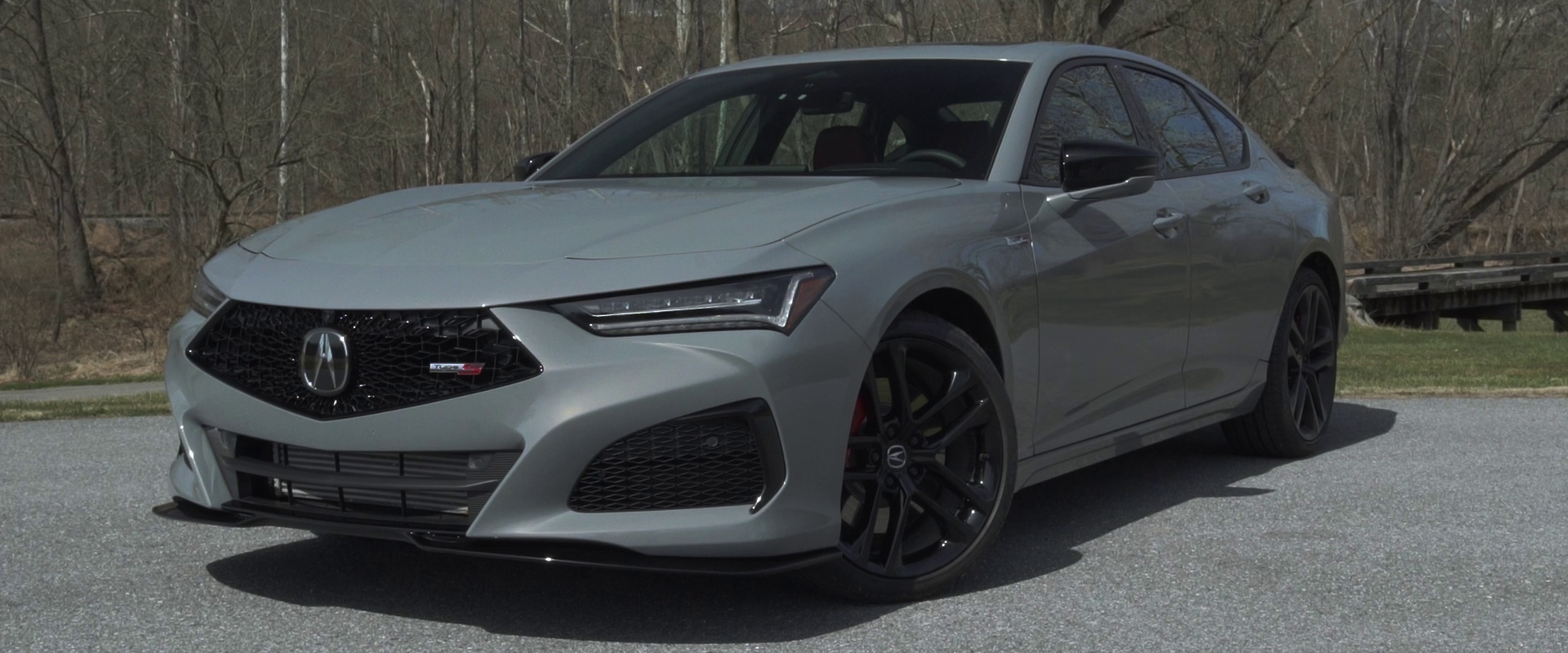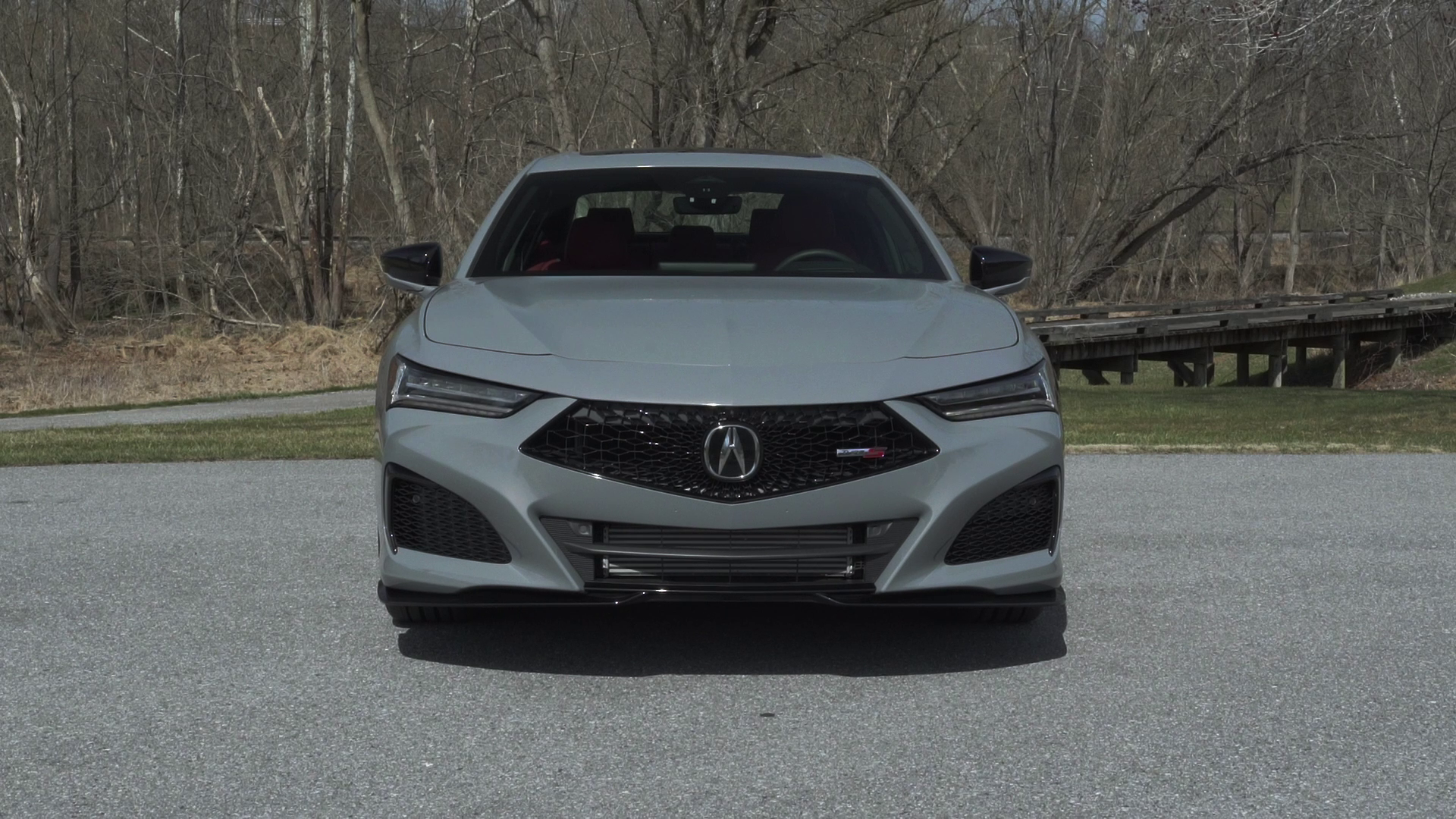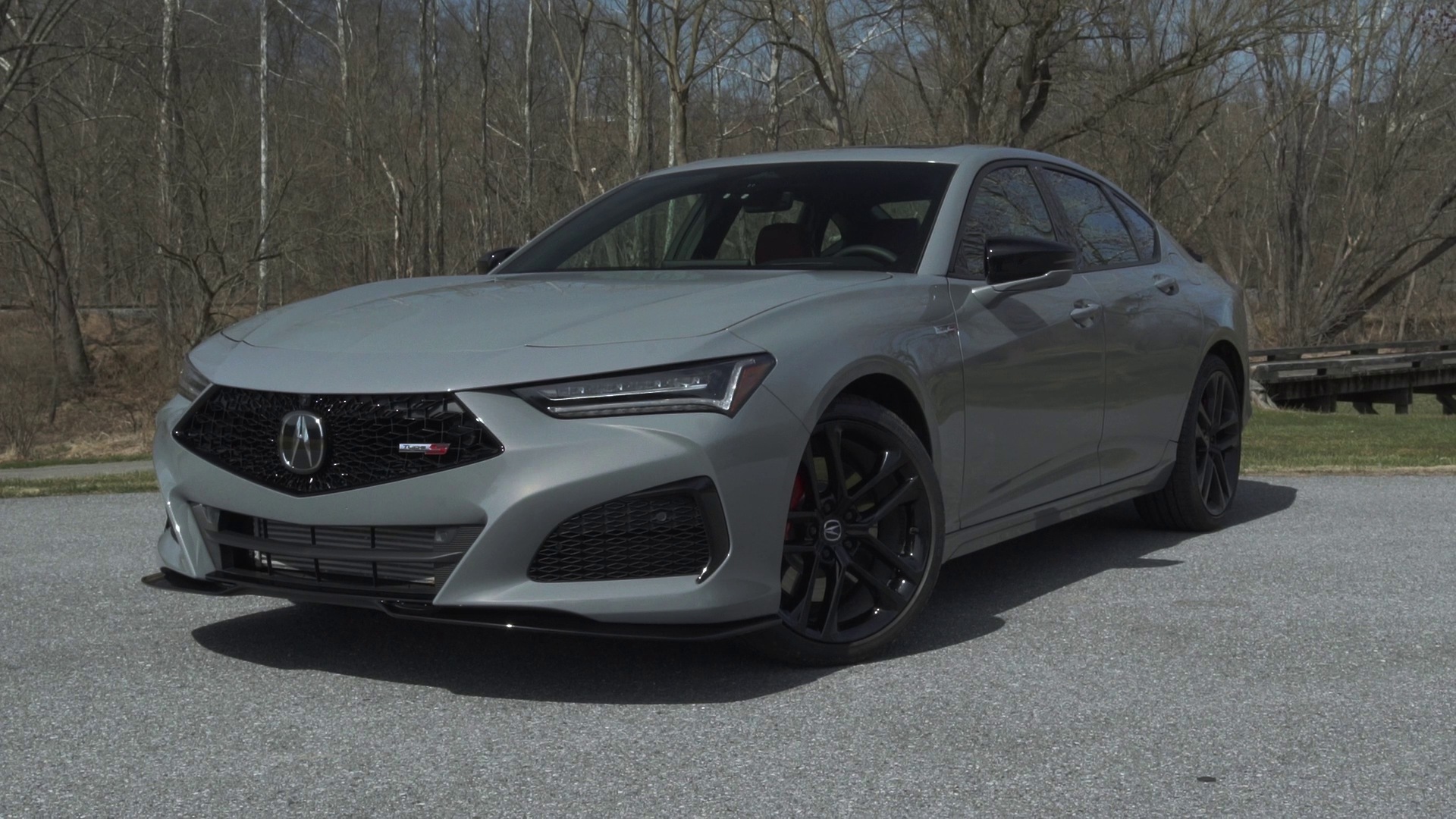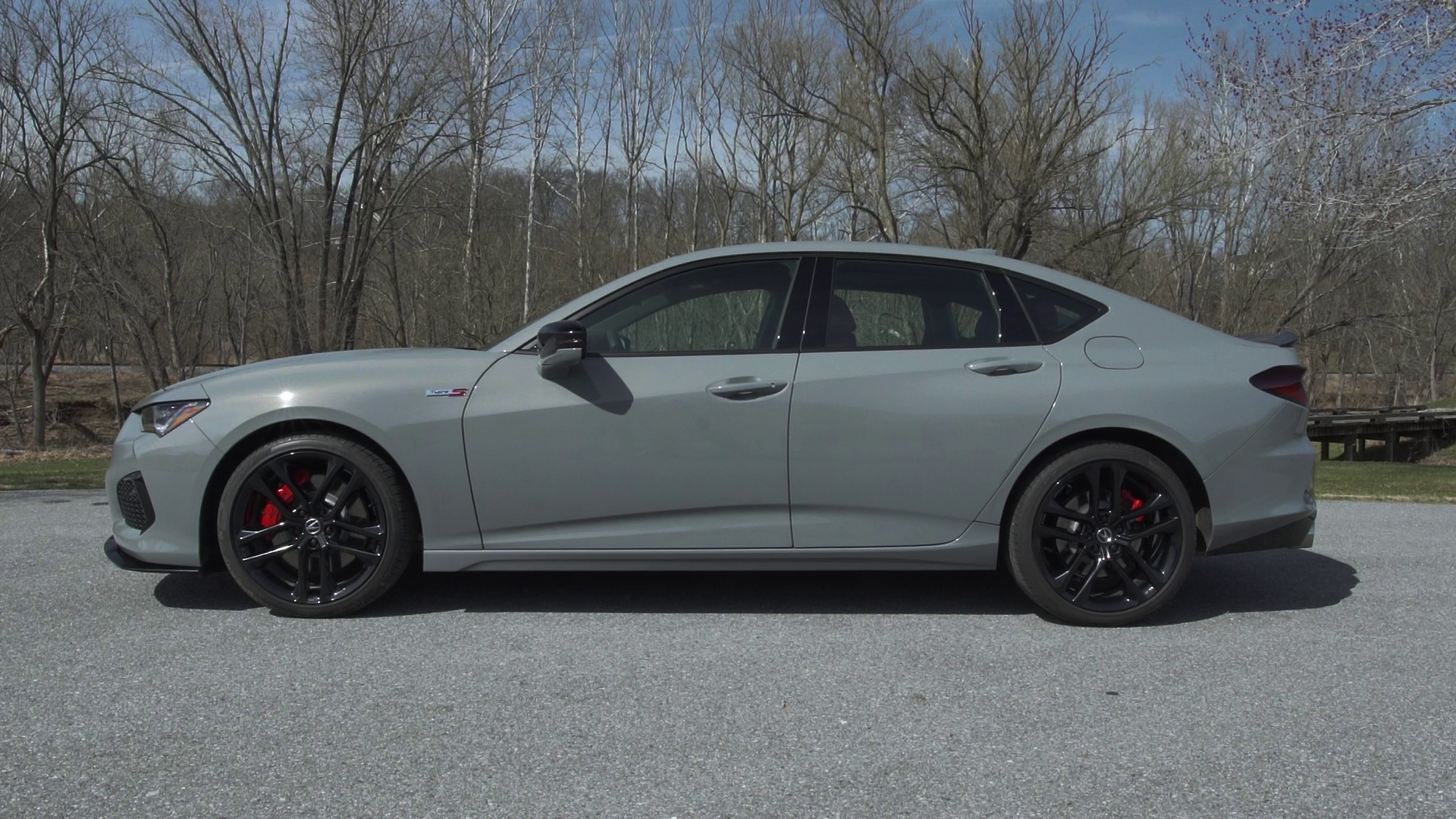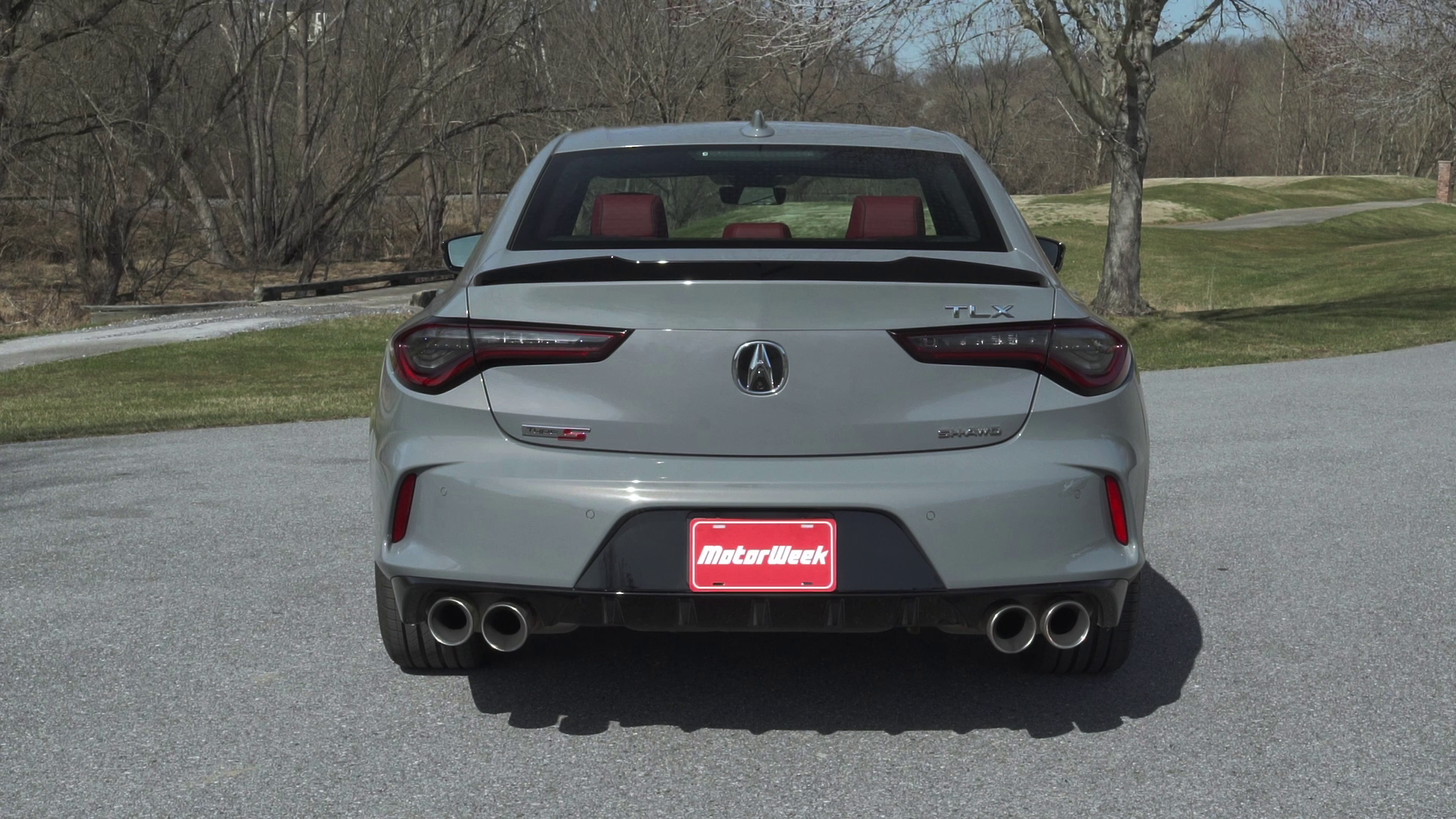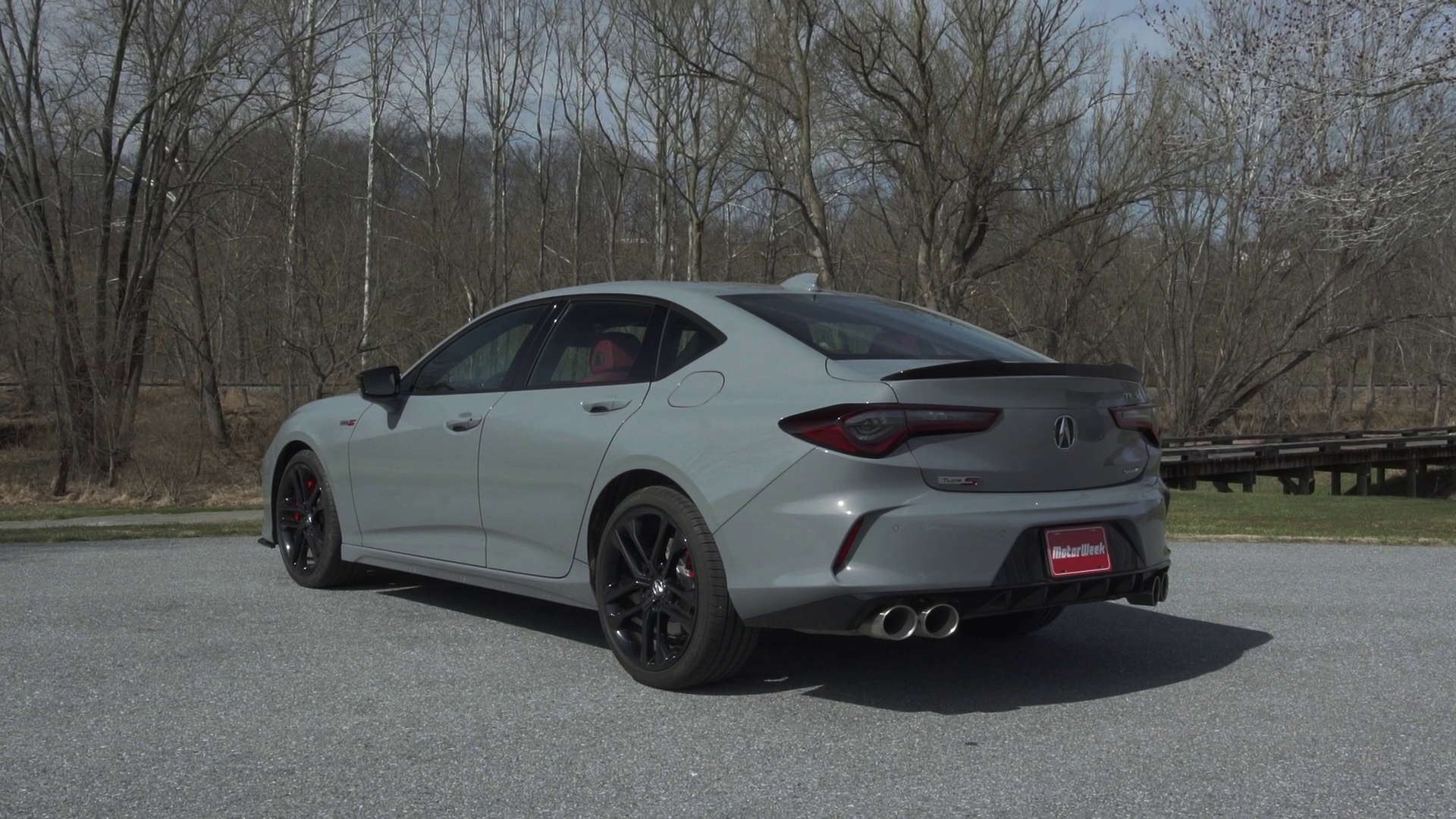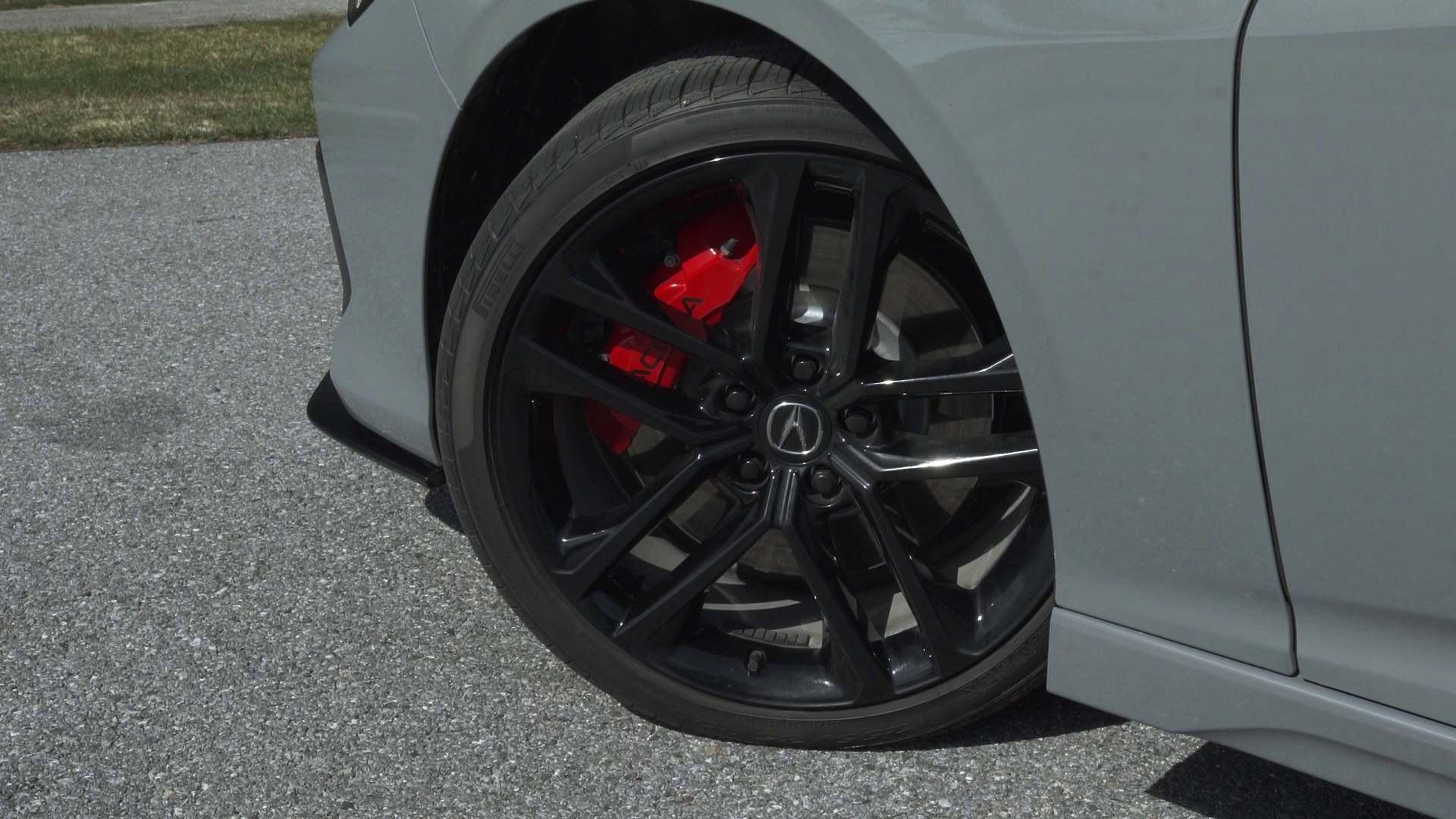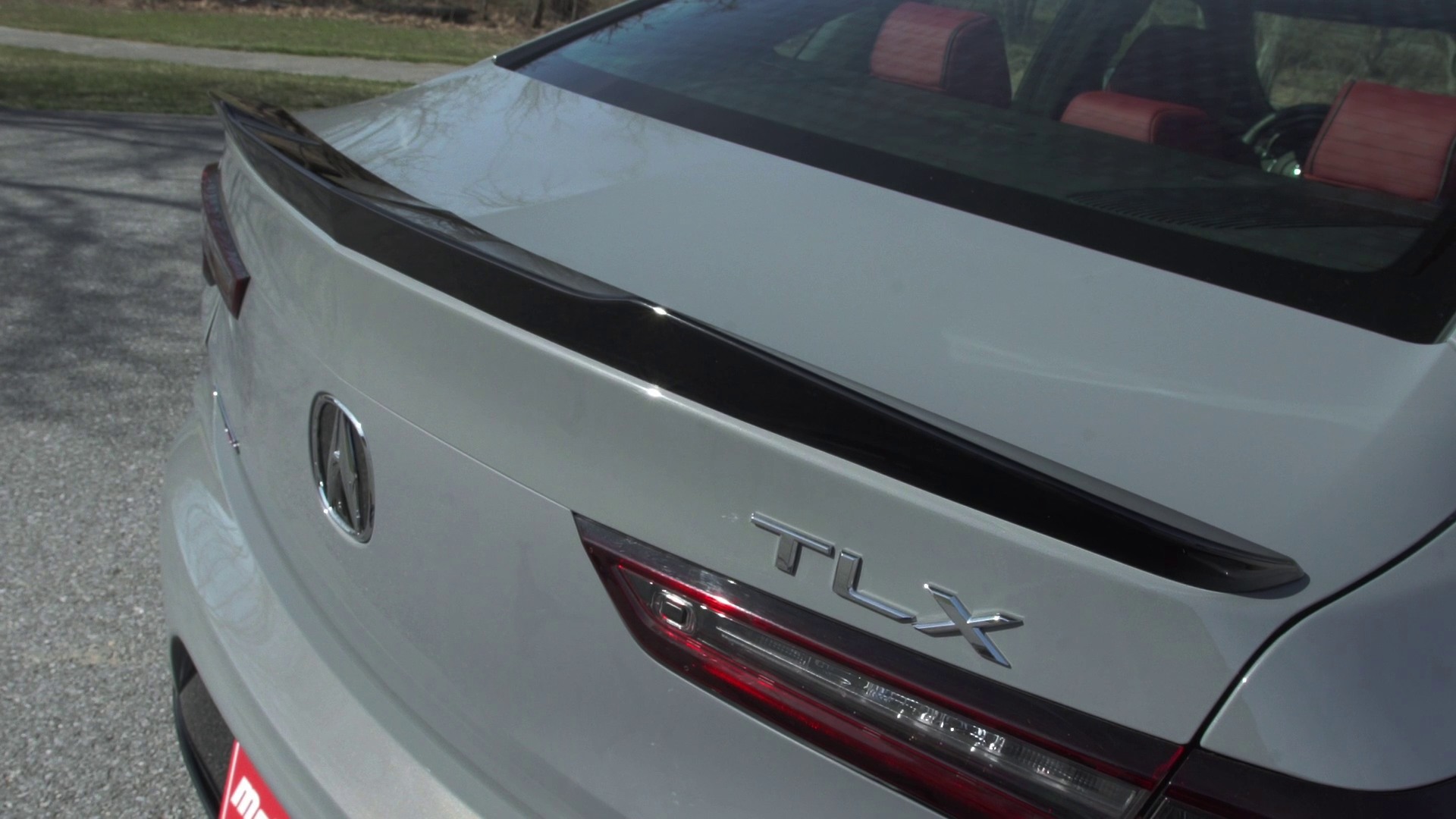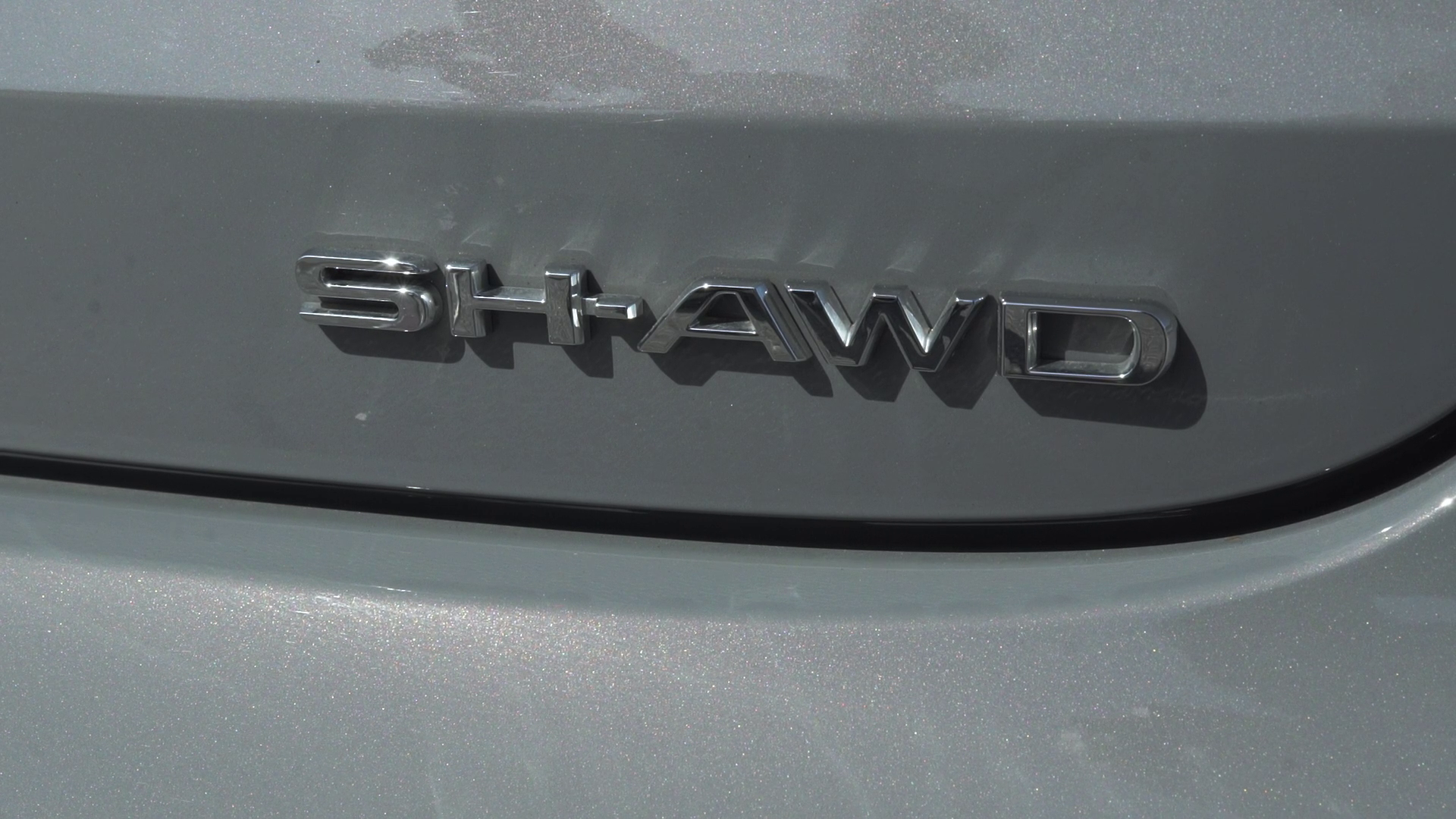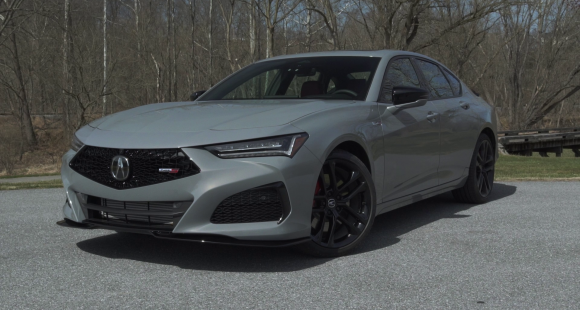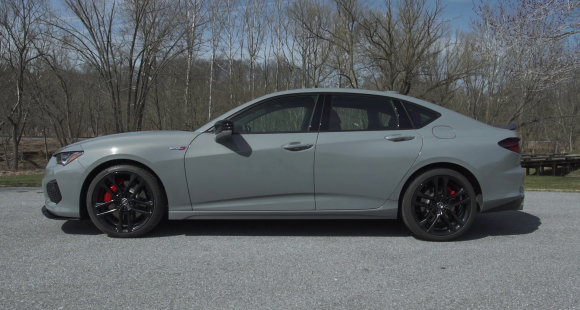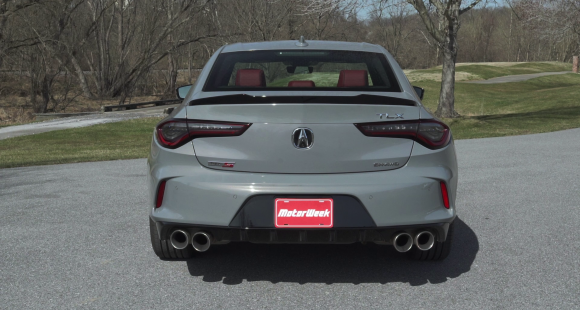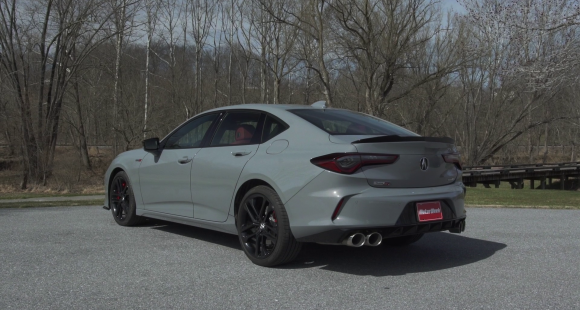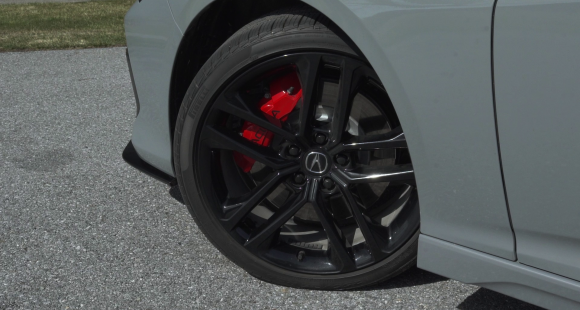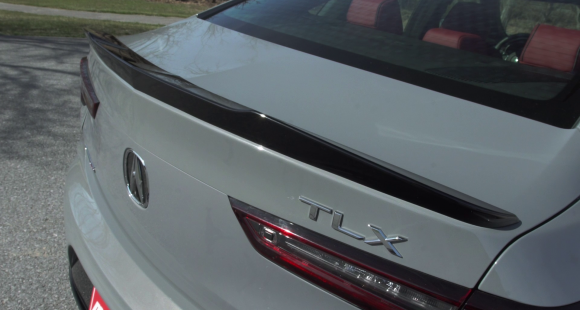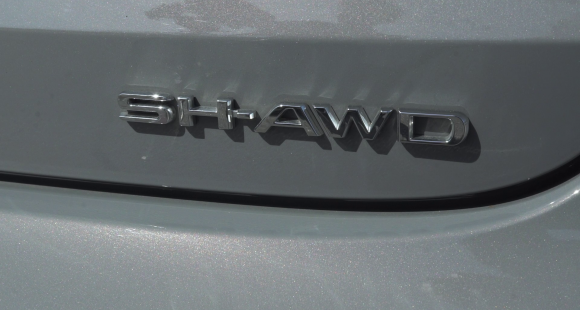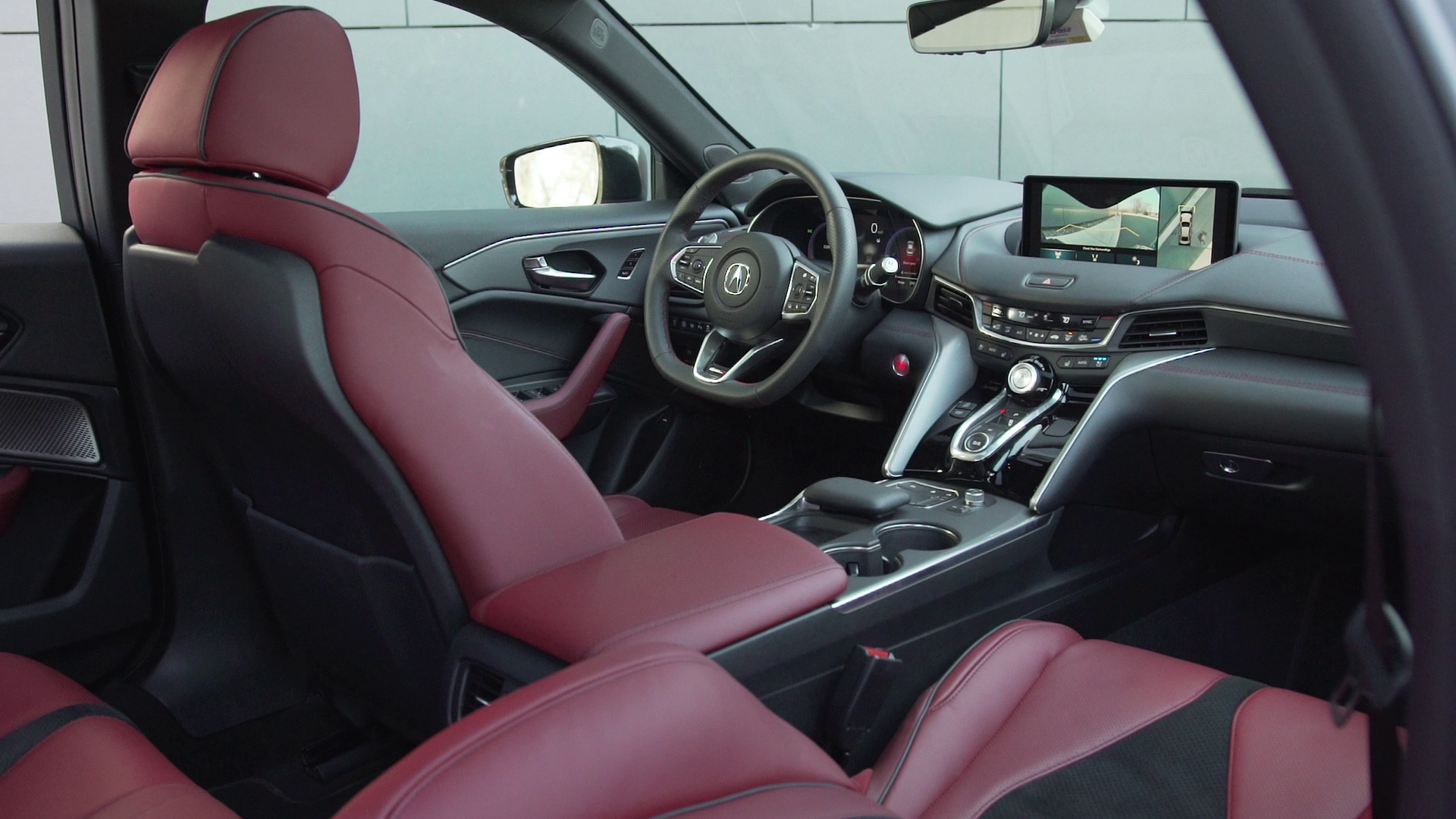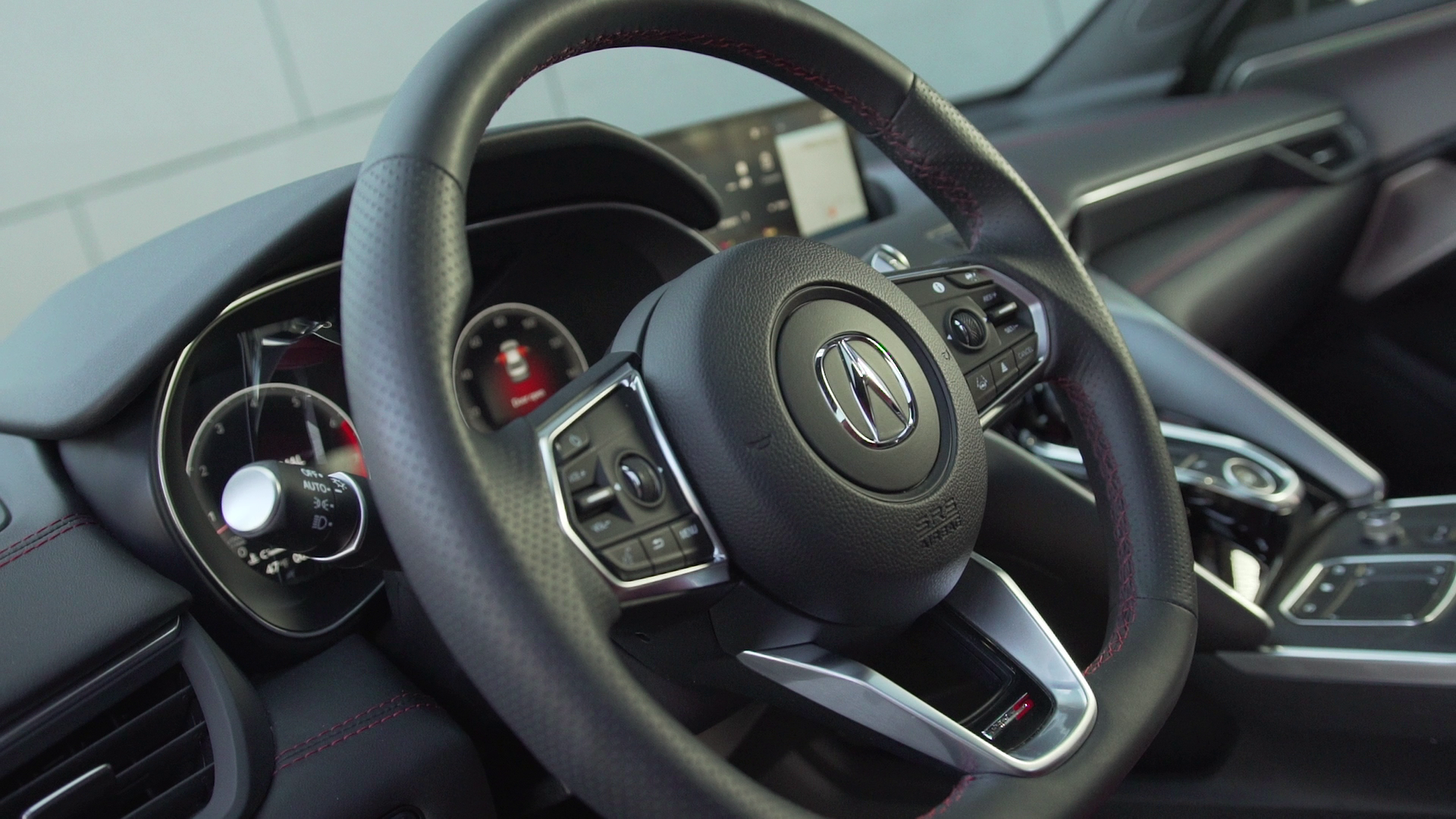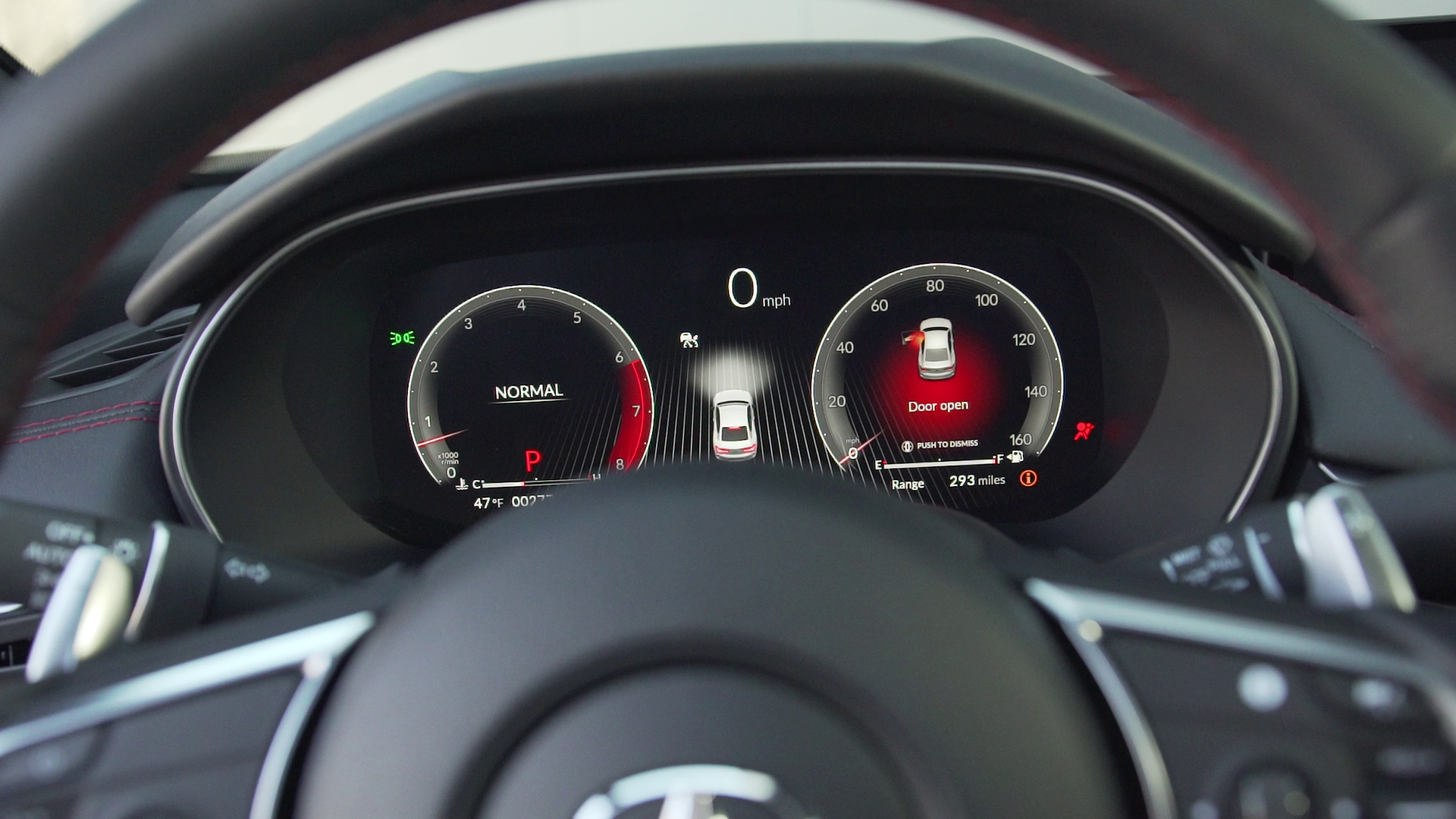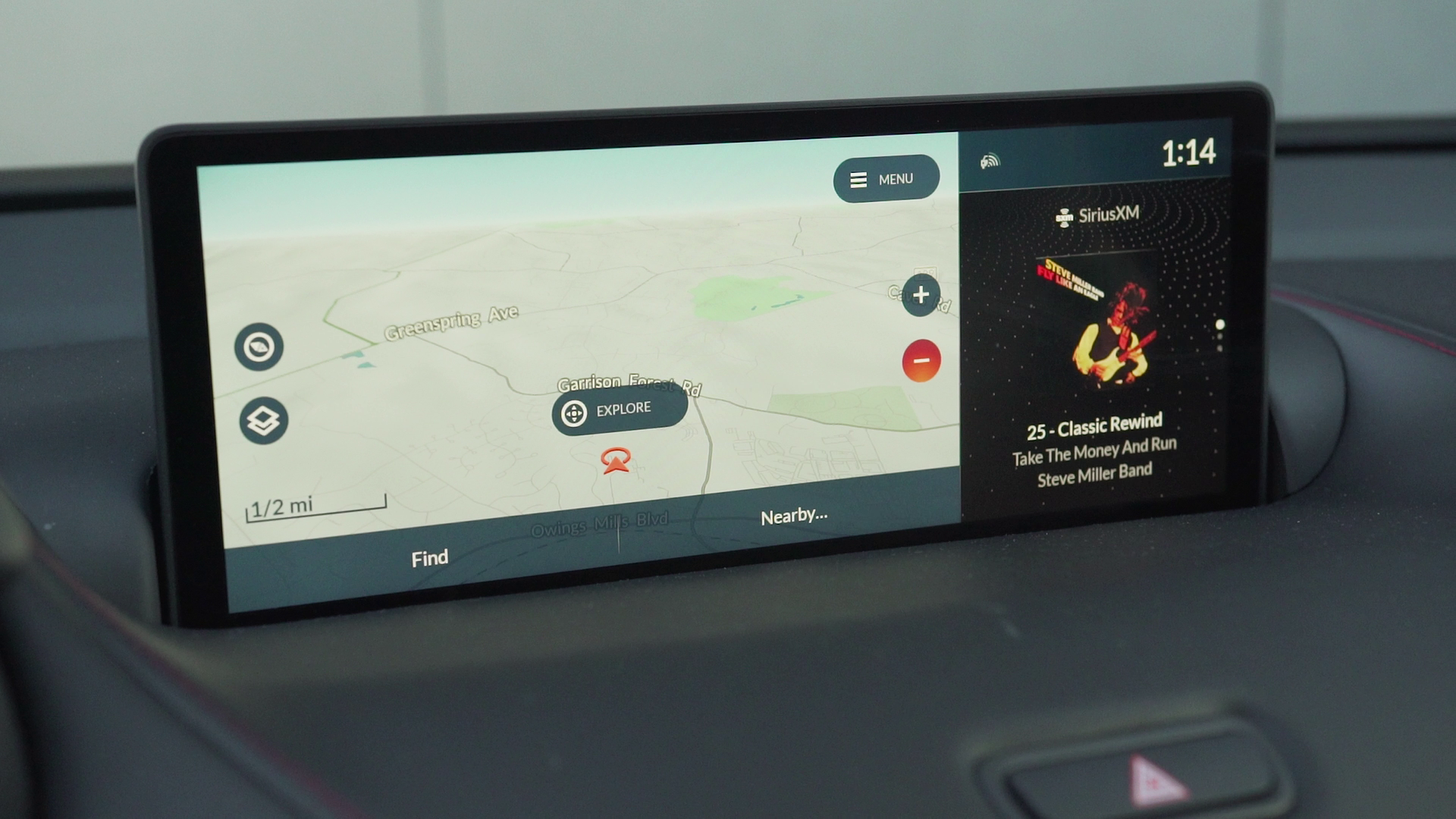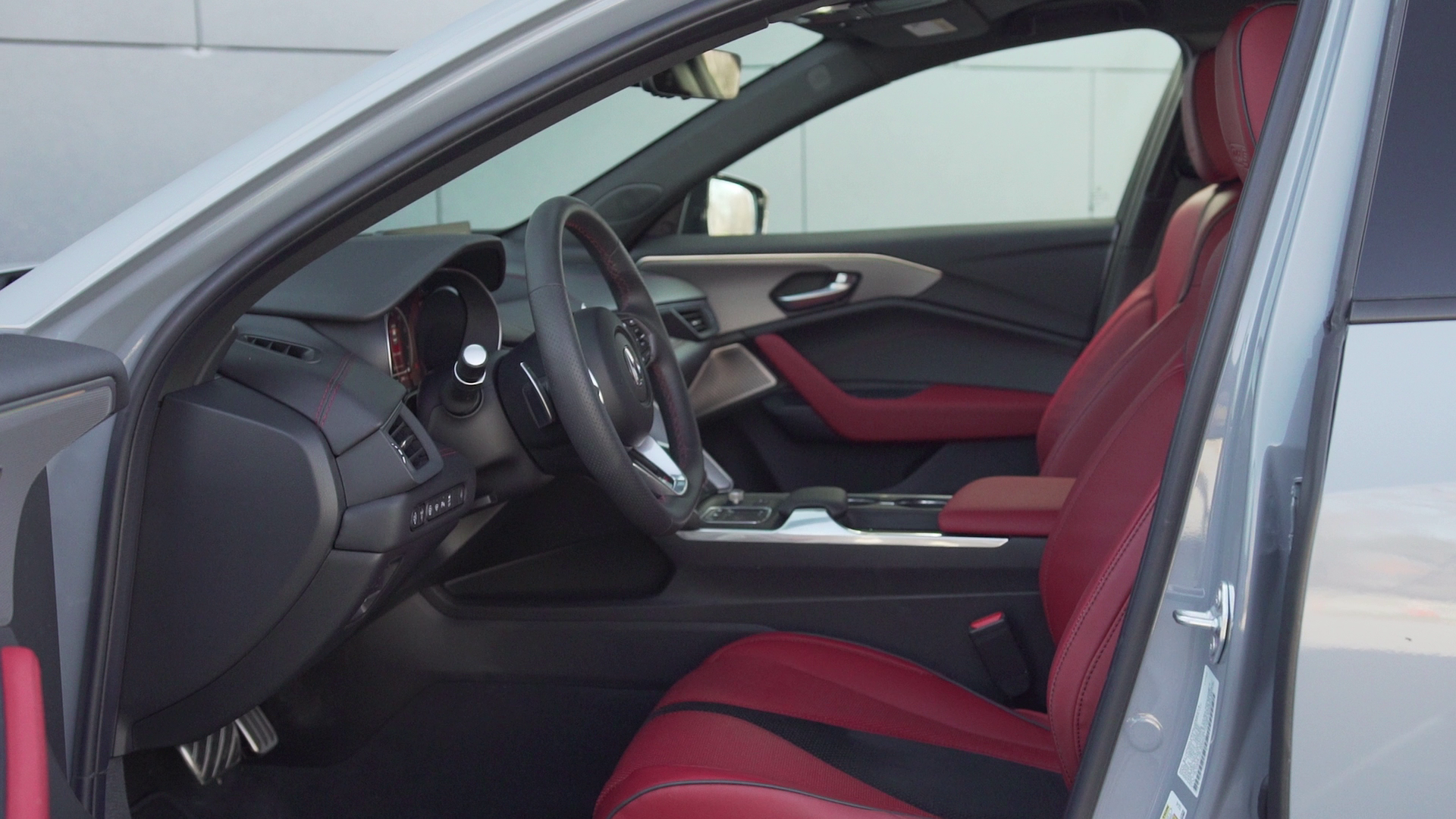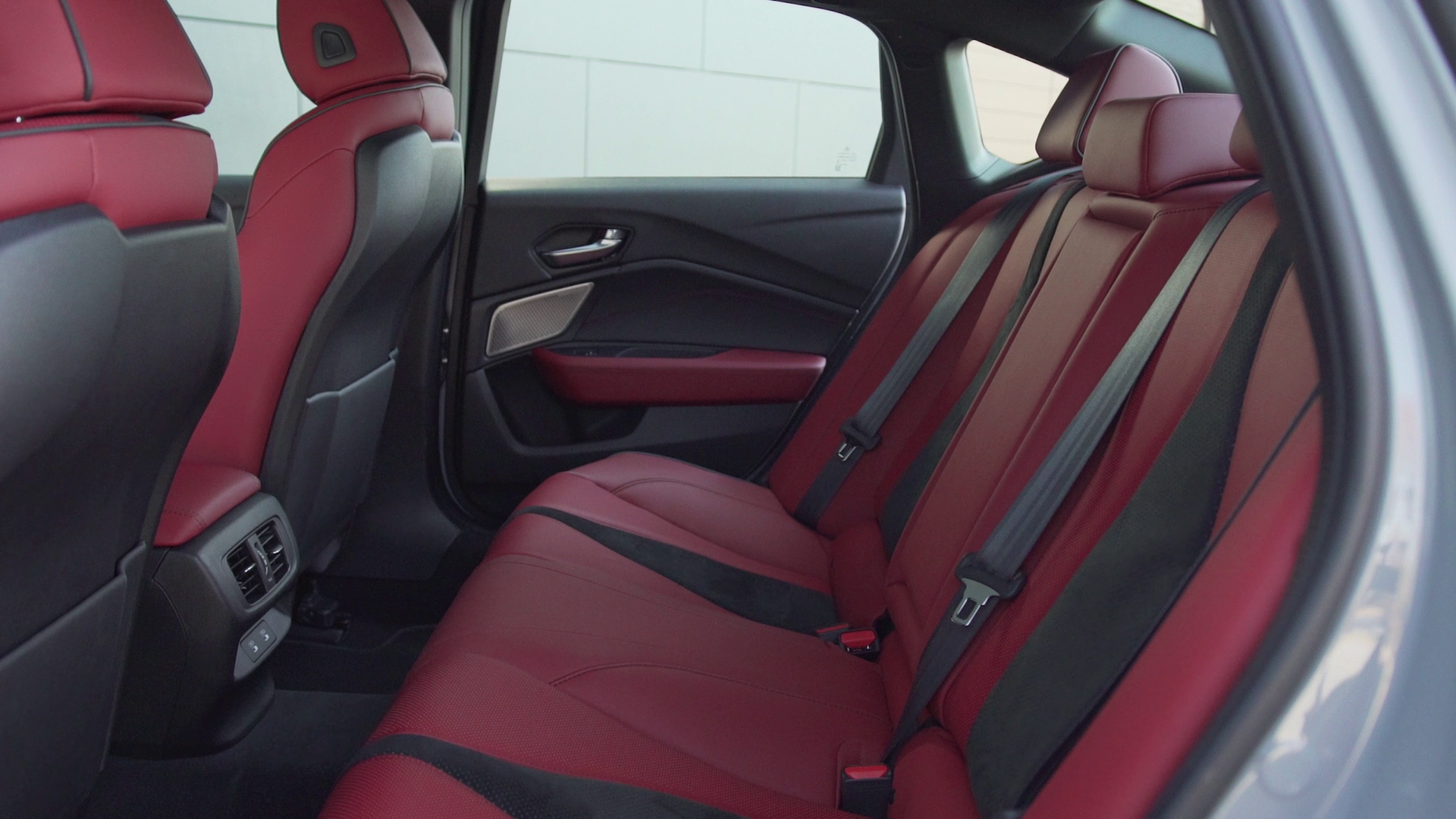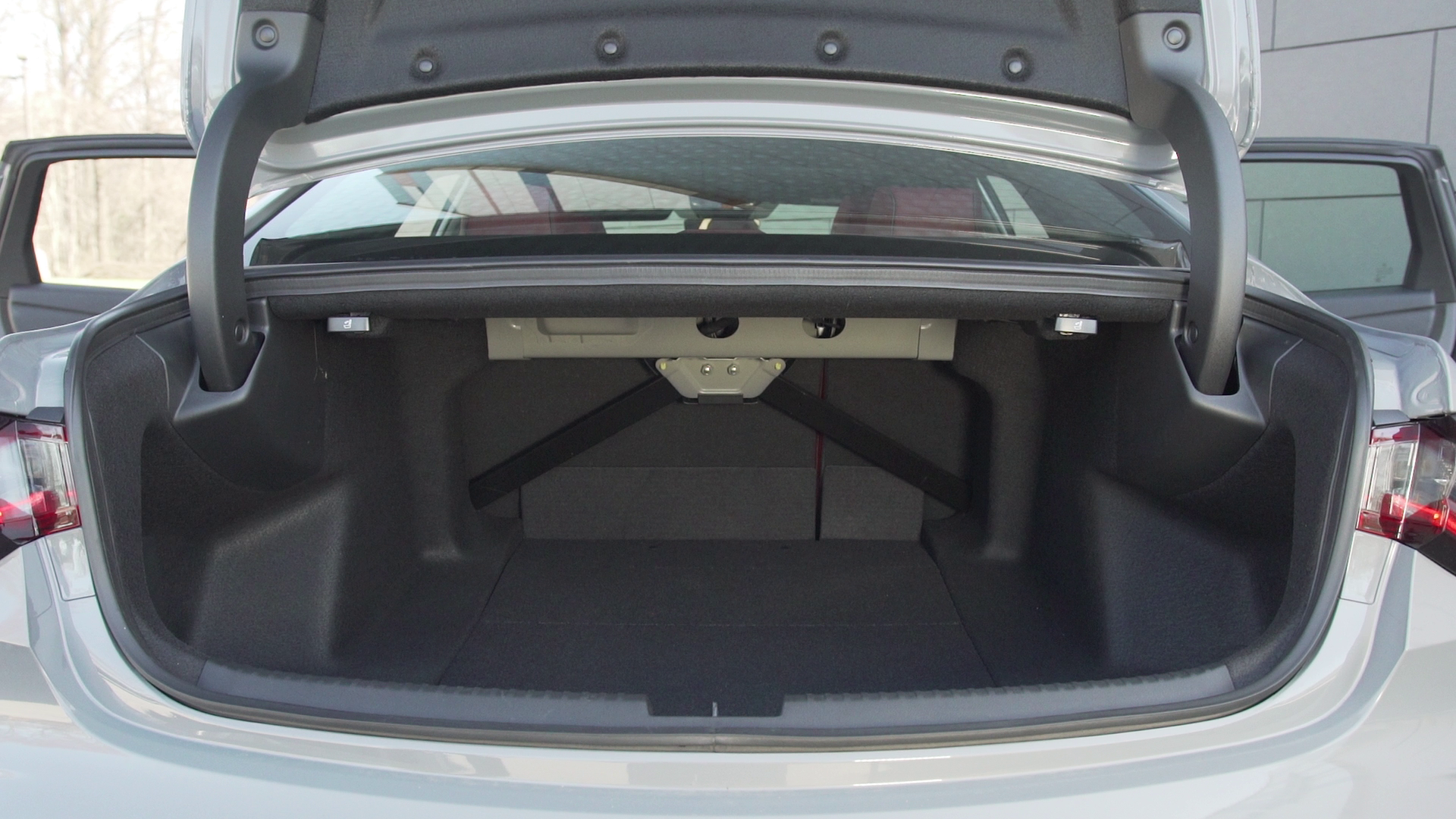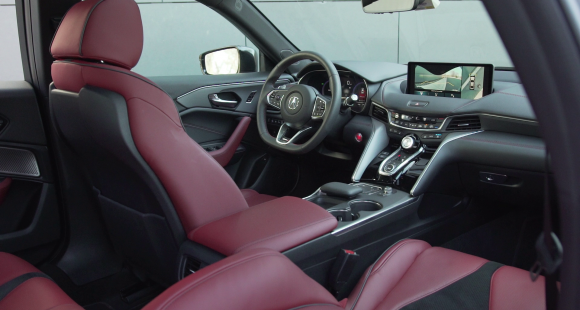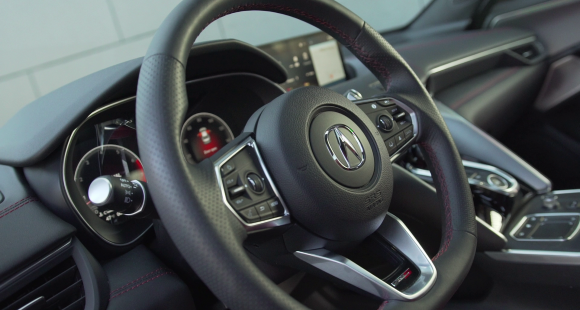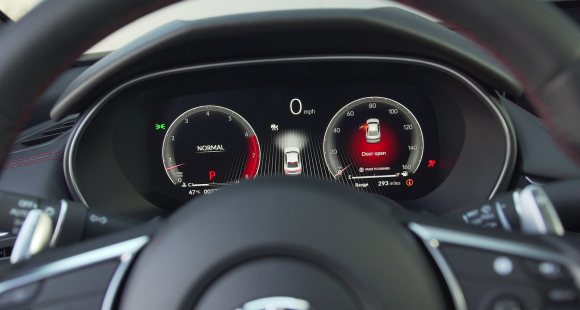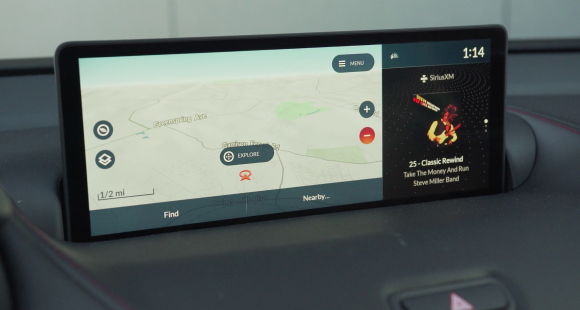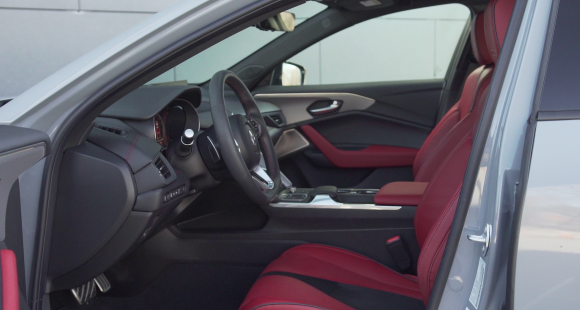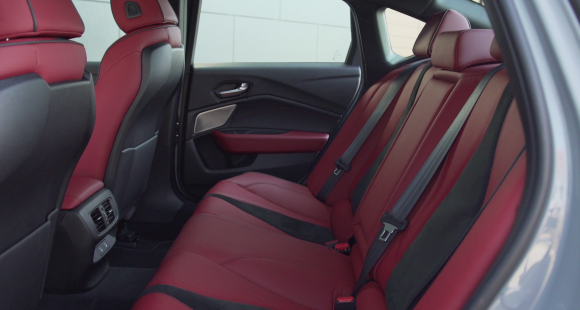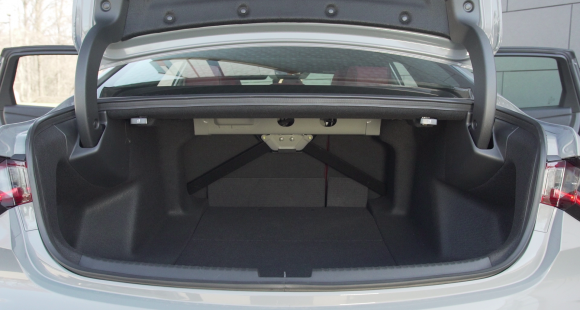2017 Nissan Pathfinder
The Nissan Pathfinder has always been a great family utility choice, and made even better when it became a 3-row crossover for 2013. It even won our driver’s choice honors that year. But with competition being what it is, it’s no wonder Nissan has quickly upgraded it, with hopes of making it even more desirable. So, let’s see if they succeeded.
Like many of you, we were more than skeptical when the 4th gen Nissan Pathfinder switched back to a unibody design for 2013. But it turns out we had no need to worry as it continues to have more capabilities than most buyers demand for this segment. Updates for 2017, only furthers their case for making the switch.
That ’13 Pathfinder quickly became one of our favorite 3-row crossovers, and after these upgrades, we still like just about everything about it.
Front seats remain a real high point, offering better comfort than both the Honda Pilot and GMC Acadia; and perhaps more importantly, there’s more room in the passenger side area for your partner to get comfortable.
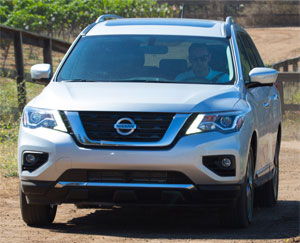 2nd row seats slide and recline easily, as well as fold almost fully flat, with barely any gaps in the load floor for things to fall through.
2nd row seats slide and recline easily, as well as fold almost fully flat, with barely any gaps in the load floor for things to fall through.
Cargo space is quite good, 16.0 cu-ft. behind the 3rd row, 47.8 behind the 2nd, and 79.8 with everything folded; all accessed by a new motion-activated lift gate.
The list of standard features is substantial, and just about everything else you could want is available; including Nissan’s Around view monitor. While copied by many others, it’s still excellent here.
The dash design is clearly showing its age, yet remains brilliant in execution; with great blending of manual controls, central controller, and touchscreen.
On that, all trims now get an 8-inch touchscreen, and while the navigation graphics have also improved, they’re not “cutting edge” by any means.
There is plenty of small item storage, as well as places to keep things plugged in yet hidden.
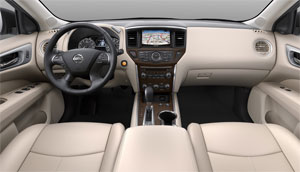 The ride is as great as it has always been, almost perfectly balancing a soft posture without rolling too much or feeling spineless in corners. Though it also feels older and heavier than some of its newer and lighter competition, and not quite as easy to whip around in tight situations.
The ride is as great as it has always been, almost perfectly balancing a soft posture without rolling too much or feeling spineless in corners. Though it also feels older and heavier than some of its newer and lighter competition, and not quite as easy to whip around in tight situations.
There’s upgraded safety for ’17; including Forward Emergency Braking, and Moving Object Detection.
But most will be bigger fans of the upgraded engine. Making an already great thing even better, Nissan has added direct-injection to the 3.5-liter V6, boosting horsepower up to 284; a gain of 24. Likewise, torque is up 19 lb-ft. to 259.
The power difference in noticeable, and it even sounds better. Best of all, towing capacity is up 1,000-lbs.; now at 6,000-lbs, closer to full size SUVs than most 3-row crossovers.
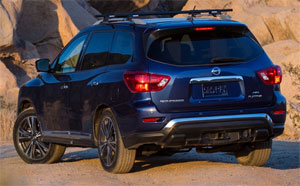 Upgrades to the CVT transmission are also obvious, with none of the looseness we experienced with our long-term Pathfinder.
Upgrades to the CVT transmission are also obvious, with none of the looseness we experienced with our long-term Pathfinder.
The D-Step Logic Control imitates a true automatic better than ever; in fact, it tricked one of our test drivers into praising the transmission’s buttery smooth shifts.
Pathfinder pricing starts with S trim, at $31,230; while up-level Platinum goes for $43,010. All-wheel-drive for all trims adds just $1,690 more.
Over the four years that it has been on sale, the 3-row crossover Pathfinder has not only stood up well to increasing competition, but lost none of its shine whatsoever. Actually, this new-and-improved edition is indeed better than ever. What that means, is the 2017 Nissan Pathfinder is more than competitive with the rest in the segment; and will certainly help Nissan continue to gobble up more and more market-share.

Specifications
- Engine: 3.5 liter
- Horsepower: 284
- Torque: 259 lb-ft.
2024 Acura TLX Type S
A Grown-Up Sport Sedan Looking To Do Boy Racer Things
While the recent and highly successful relaunch of the Acura Integra has been hogging most of the brand’s headlines, the Integra is not the only sporty car that Acura builds. In fact, it’s the all-wheel-drive TLX Type S that remains Acura’s quickest and best handling sport sedan. Add in numerous updates for 2024 and it clearly demands our attention once again.
We are indeed looking closer at this updated 2024 Acura TLX Type S sport sedan and noticing quite a few changes. For starters, it’s one very aggressive looking four-door. Most of that due to the Type S upgrades which include a front splitter, rear spoiler and diffuser, big quad exhaust tips, Brembo brakes, and 20-inch wheels, though all TLXs get updated front fascias and grillwork for ’24.
Inside the tech-heavy interior, things look and feel great with upscale materials and fine stitching. A new 12-inch Precision Cockpit Digital Instrument cluster, ELS Premium Audio, wireless phone charging, and ambient lighting are now standard on all TLXs.
The upgraded infotainment screen grows from 10- to 12-inches and features faster processing, though after spending a year with an Integra and its touchscreen, having to use the touchpad interface here in the TLX is a clear step back in terms of functionality. Updates specific to the Type S include a surround view camera and a 10.5-inch Head Up Display. And there’s no taking a back seat to luxury in the back seat of the TLX; plenty of comfort and space for adults, plus some new charging ports.
A 272-horsepower 2.0-liter I4 turbo comes in the standard TLX, but thankfully the Type S’s fire-breathing 3.0-liter turbo V6 is still under the hood here, putting out 355 horsepower and 354 lb-ft of torque. No changes for either engine, but we’ll take that as a great thing these days. And there may not be any additional power, but there is sharper throttle response in Sport+ mode than before, so it will give you the impression that you’re working with a little more. Transmission remains a 10-speed automatic with paddle shifters on the steering wheel. Super-Handling All-Wheel-Drive is standard with the Type S and A-Spec, only the base TLX remains front-wheel-drive only.
Spring maintenance was still in progress at our test track and things weren’t quite fully prepped for the season just yet, so the Type S’s all-wheel-drive traction was much appreciated; as it allowed us to pounce off the line and rip to 60 in just 5.0 seconds flat, a tenth quicker than the last Type S we tested in ’21. It ripped through first and second gears quickly, before settling down a bit as it worked its way to the end of the quarter-mile in 13.5 seconds at 104 mph.
And there may not be any additional power, but there is sharper throttle response in Sport+ mode than before, so it will give you the impression that you’re working with a little more.
While far from a noisy car, Acura has installed some thicker carpet to quell what little road noise was apparently seeping in. Thankfully, they didn’t do anything to dampen engine or exhaust noises, as they sound fantastic.
This TLX scooted through our cone course quite efficiently, behaving as if on the proverbial set of rails. Type S tuning includes additional bracing for the chassis, plus firmer settings for the adaptive dampers that are part of the double-wishbone front and multi-link rear suspension.
Acura’s SH-AWD has been torque-vectoring power between all four wheels since long before that was commonplace; and its technical heavy-handedness is evident, as while it was slicing through the exercise with precision, it wasn’t always obvious how it was all happening. The Brembo brakes felt great, and were fade-free, but at 125 feet from 60 mph, stops were closer to family sedan territory than the typical sport sedan.
But there’s no skimping on active safety here, with full Acura Watch features including Lane Keeping Assist, Collision Mitigation Braking, Road Departure Mitigation, and Advanced Pedestrian Detection standard on all TLXs.
Government Fuel Economy Ratings are 19-City, 25-Highway, and 21-Combined; we averaged a good 23.6 mpg of Premium. That’s a slightly below average Energy Impact Score; using 14.2-barrels of oil yearly, while emitting 6.9-tons of CO2.
A simplified pricing structure now leaves you with three TLX choices, Technology, A-Spec, and Type S; things start at $46,195; this Type S will set you back $58,195.
Is it worth it? Well, it all depends on what your priorities are. If you’re looking for a super comfy luxury commuter, then probably not. But, if you’re looking for a superior driver’s car, with the most performance you can get in an Acura sedan, and plan on putting it to good use, then the 2024 Acura TLX Type S is absolutely worth it.
Specifications
- Engine: 3.0-liter turbo V6
- Horsepower: 355
- 0-60 mph: 5.0 seconds
- 60-0 Braking: 125 feet (avg)
- MW Fuel Economy: 23.6 mpg (Premium)
- Transmission: 10-speed automatic
- Torque: 354 lb-ft.
- 1/4 Mile: 13.5 seconds at 104 mph
- EPA: 19 City | 25 Highway | 21 Combined







